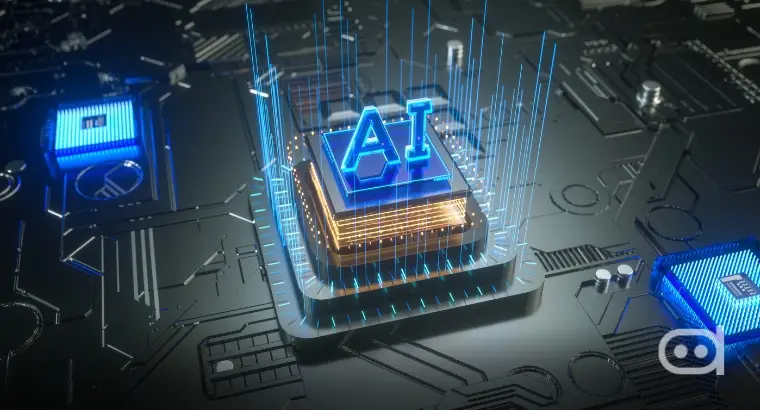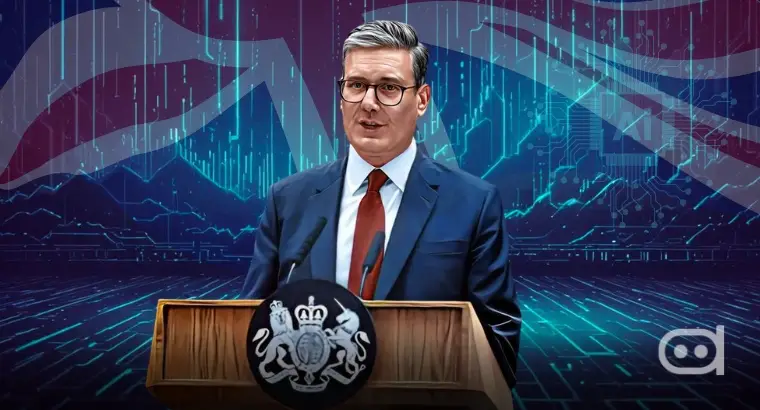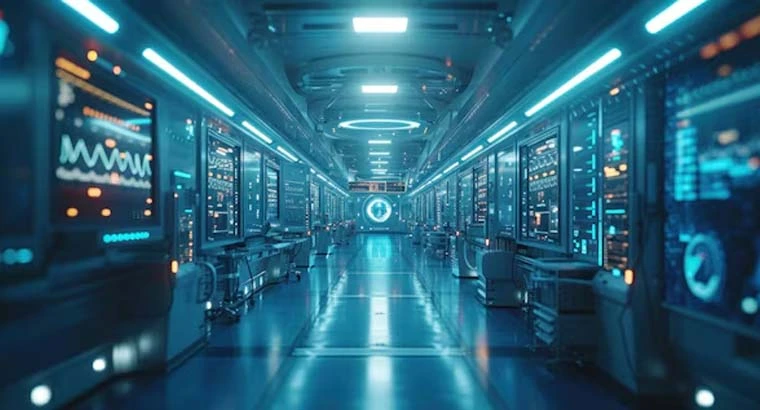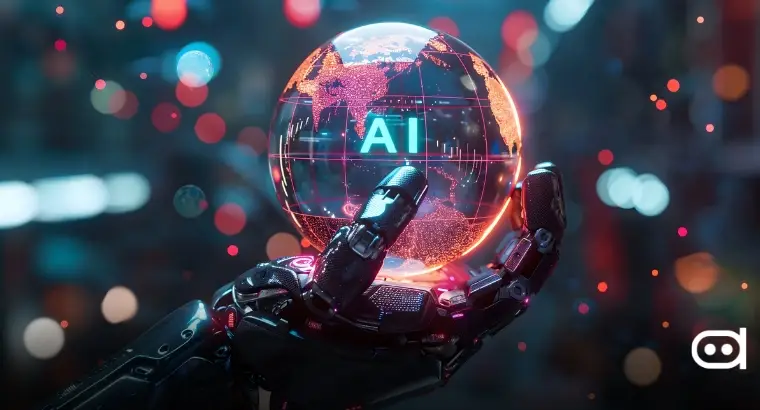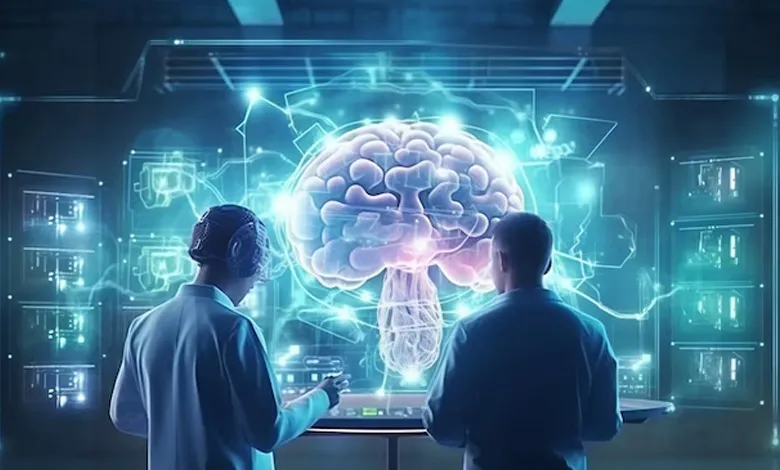
A study recently published in PLOS Biology by a research team affiliated with the Computer Science and Artificial Intelligence Laboratory (CSAIL) at MIT demonstrates the selective retention of images by the brain. The results offer valuable insights into the intricate mechanisms underlying visual memorability.
Researchers were able to determine the geographical and temporal distributions of brain areas involved in processing recollective images by combining magnetoencephalography (MEG) with functional magnetic resonance imaging (fMRI). This marked the inaugural application of these two techniques for this objective, providing a more comprehensive understanding of the mechanisms by which the human brain remembers and interprets visual information that transcends temporal boundaries.
A total of 78 pairs of images representing the same concept were presented to 15 participants in the study. These images varied in memorability scores; one image from each pair was readily recalled, whereas the other was easily forgotten. The photographs depicted a wide range of subjects, including natural environments, man-made landscapes, human figures, and commonplace items.
Based on their findings, images that are exceptionally memorable evoke more intense and prolonged neural responses in the brain compared to other types, specifically in the early visual cortex, an area that was previously considered to be less significant in memory formation. Approximately 300 milliseconds after an image is viewed, this so-called “brain signature” becomes apparent; nevertheless, it encompasses a more extensive network of brain regions than was previously recognized.
These consist of the temporal and ventral occipital cortices, which are responsible for tasks associated with object recognition and color perception, respectively.
Benjamin Lahner, an MIT PhD student working at CSAIL under Oliva’s supervision and co-author of the paper, explains that they discovered that responses were more robust and sustained in regions of the early visual cortex that we had not previously considered to be that significant in memory processing, but were elicited by highly memorable images.
Particularly in a clinical context, where Aude Oliva identifies advantages such as diagnosing or treating memory-related disorders using specific neural signatures associated with memorability, this discovery may have far-reaching consequences. She further stated that the ability to detect these early biomarkers could have a transformative impact on conditions such as Alzheimer’s disease.
Previous studies could only concentrate on the spatial or temporal dynamics of brain activity; this study’s MEG/fMRI fusion method, improved by machine learning techniques, overcomes these constraints. One outcome of this approach is a comprehensive “representational matrix” that shows the relative activation of distinct brain areas in response to visual stimuli.
Even though there are some challenges in attempting to determine the exact roles played by these newly discovered memory processing regions, the authors are optimistic that this discovery could pave the way for future studies of individual neural profiles and treatments for memory-related cognitive disorders.

